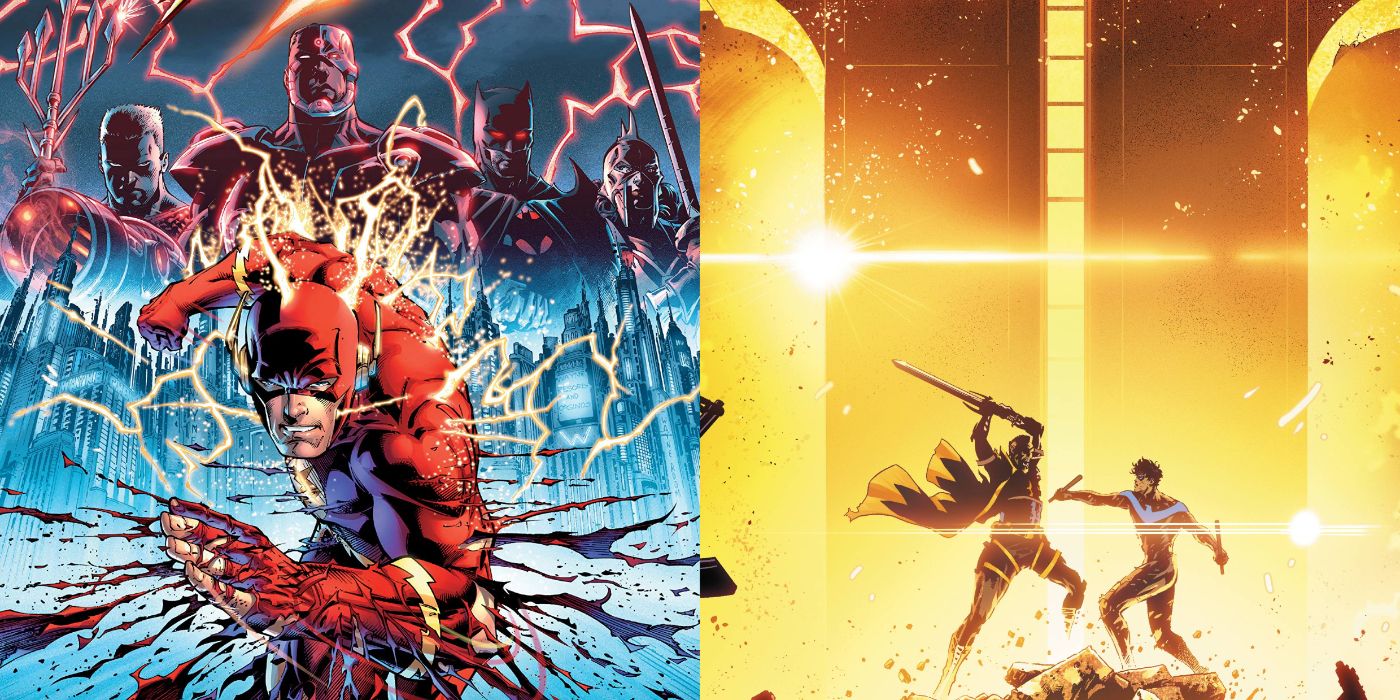DC Comics is known for its epic events. From crisis on infinite earths DC has set a standard for mass events. These comics shook the very fabric of the multiverse, contracting and expanding the nature of DC reality. Fans have an enduring love for many DC events, and the best of them are masterfully written and drawn by the best creators in the business.
For every perfectly paced DC event, there are plenty that feel rushed. There have been some epic events over the years, but they sure could have used a few more numbers. Sometimes it would have made them better and other times it would have allowed fans to spend more time on a story they loved.
10 Dark Knights: Metal Used Links Instead Of Giving More Numbers To The Main Book
DC crossovers are notorious for altering the universe, which has become the publisher’s hallmark of events. Dark Knights: Metal, by Scott Snyder and Greg Capullo, was a catalyst event for the publisher, setting storylines that would take them through the next two years. Fans love this six-issue series, but many think it could have been longer.
10 Epic Marvel Events Too Hasty
10 DC Events No One Wanted
Although there were many connections, some of these stories could have been told in the book. Many times important aspects of the story have been introduced into these questions. The book could have lasted eight issues and still had a good pace.
9 Brightest Day Took A Knee At Flashpoint 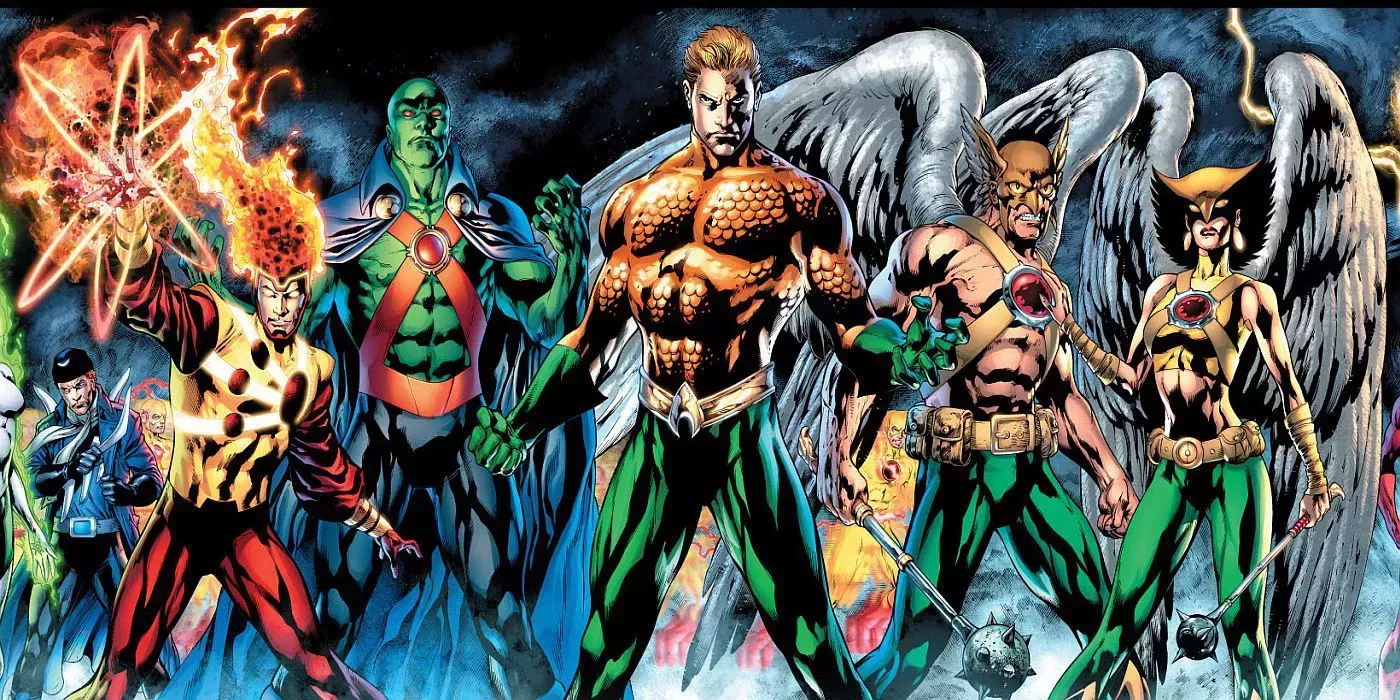
brightest day it was both a 25-issue bi-weekly series and a publishing initiative. Came from darkest night and focused on heroes and villains resurrected by the White Lantern. It felt like the publisher was building something new, as characters who had been missing for years had returned. Readers were very enthusiastic.
and then it happened Breaking point . brightest day It seemed like a fresh start for the DC Universe, and the direction the characters were heading piqued readers’ interest. Unfortunately, DC had a different idea. Breaking point it killed everything on a reboot before the ink was even dry the brightest Day.
8 Justice League Vs. Suicide Squad Was A Number Six Event With Lots Of Connections 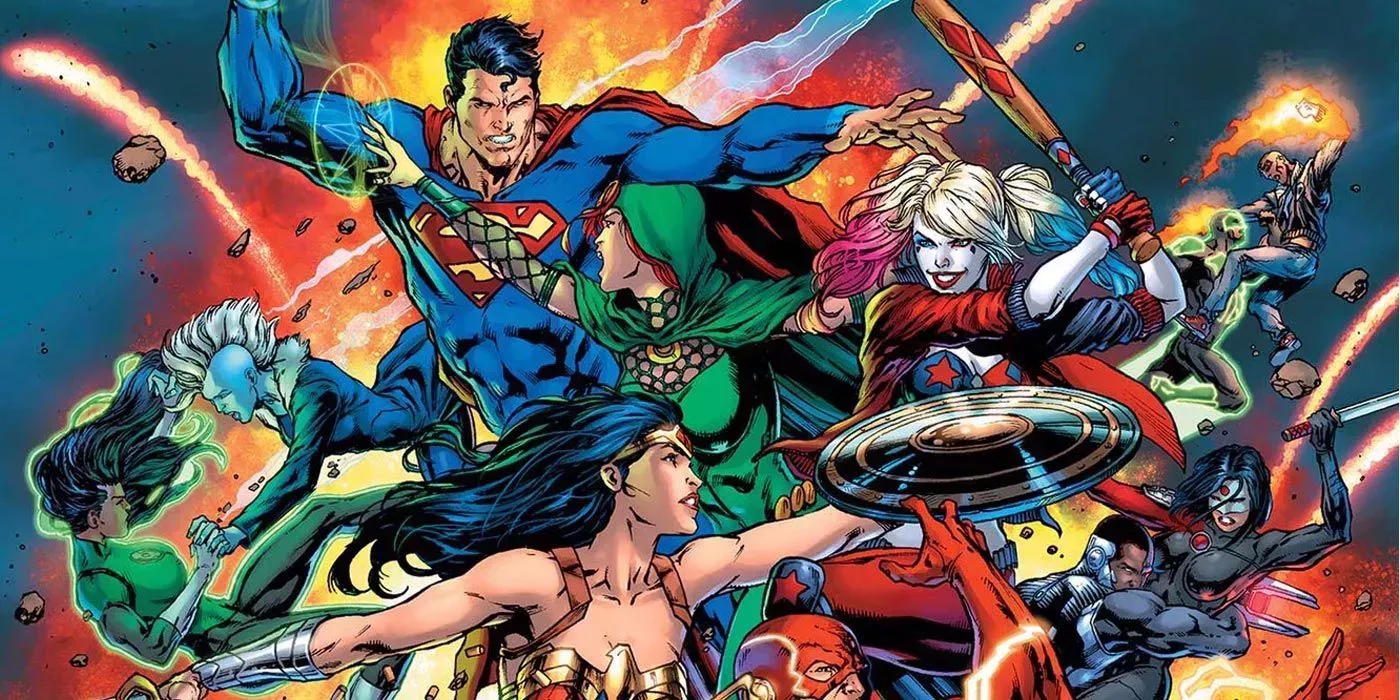
Justice League vs. Suicide Squad it was the first DC Rebirth event. Written by Josh Williamson with illustrations by Jason Fabok, Tony S. Daniel, Jesús Merino, Fernando Pasarín, Robson Rocha and Howard Porter, the book pitted the teams against each other and a team of villains that was the first Suicide Squad to ‘Amanda Waller. It had six issues and was published weekly.
The six-week event was also bolstered by as many accompanying comics as issues, with three issues of Justice League and three numbers of Suicide Squad. The book could have gone on for longer and longer issues instead of turning out to twelve issues in six weeks.
7 DC One Million Had Only Four Issues 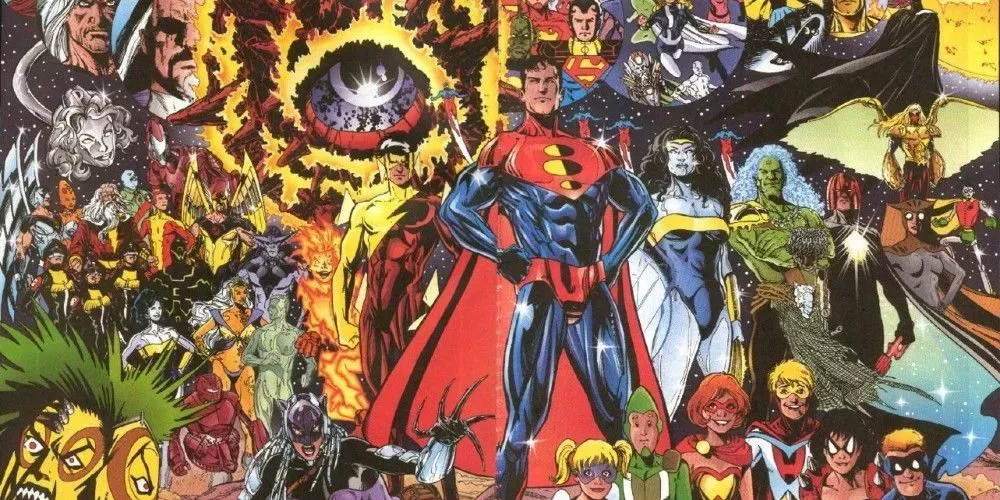
The Justice League changed his future several times, but once his future came back to meet him. DC one million, by writer Grant Morrison and artist Val Semeiks, saw the 853rd Century Justice Legion A come to the present and invite the League into its future for the return of the First Superman. However, Vandal Savage and Solaris have trapped the past team in the future, eager to destroy the inspirations of their greatest enemies.
dc one million There were only four issues, but each DC book had a crossover issue, taking the heroes to the future. It’s a very underrated event, and the main series definitely felt rushed and tie-in dependent. A few more numbers would have been nice.
6 Dick Grayson’s stint as Batman was cut short by the New 52 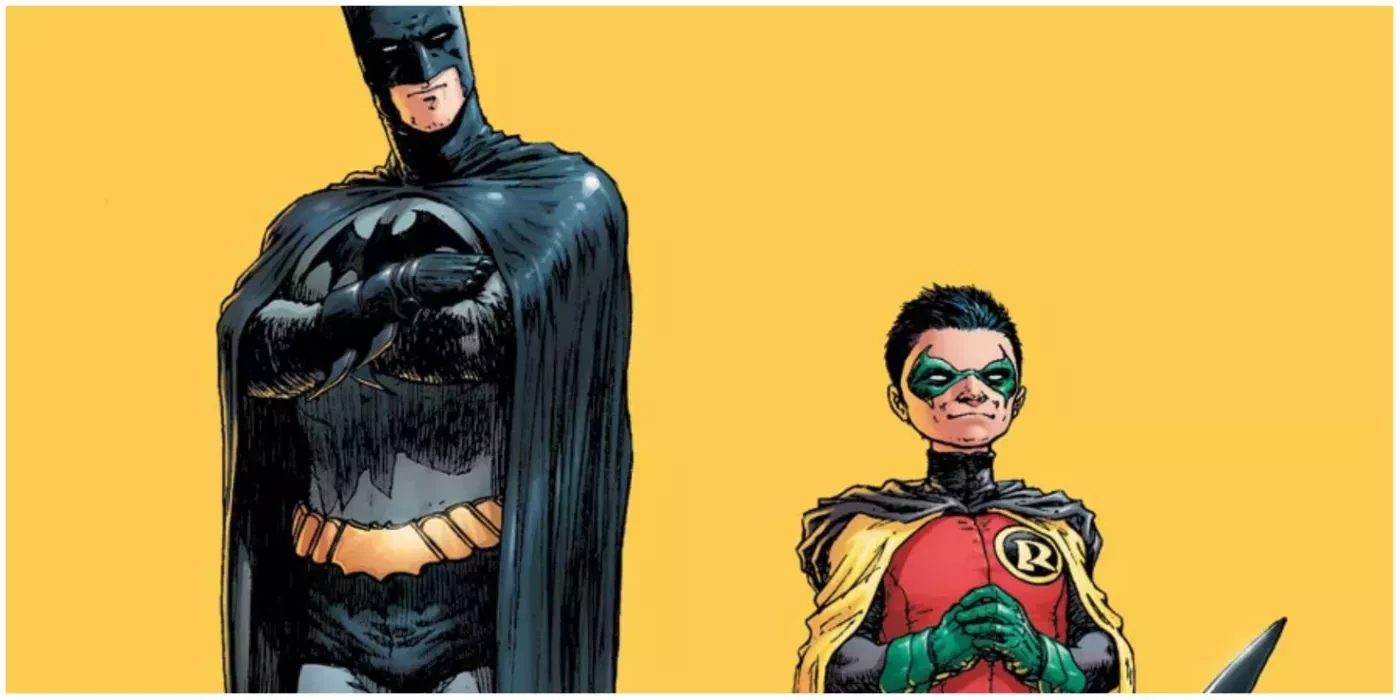
Dick Grayson was a great Batman, but he didn’t have long stints as the Caped Crusader. His second stint as Batman was longer than his first, and fans loved it. He trained Damian Wayne as Robin, formed his own Justice League, and was a completely different Batman. After Bruce Wayne returned, he remained Batman, working in Gotham while Bruce traveled the world.
Fans appreciated this new status quo, with the two Batmans doing different things. Unfortunately, this all happened in 2010, which means that Breaking point was just around the corner. Although Batman’s story didn’t change as much as other DC characters in The New 52, Dick returned to Nightwing too soon.
5 Final Crisis Confused Many Readers And Could Have Done Better With More Problems 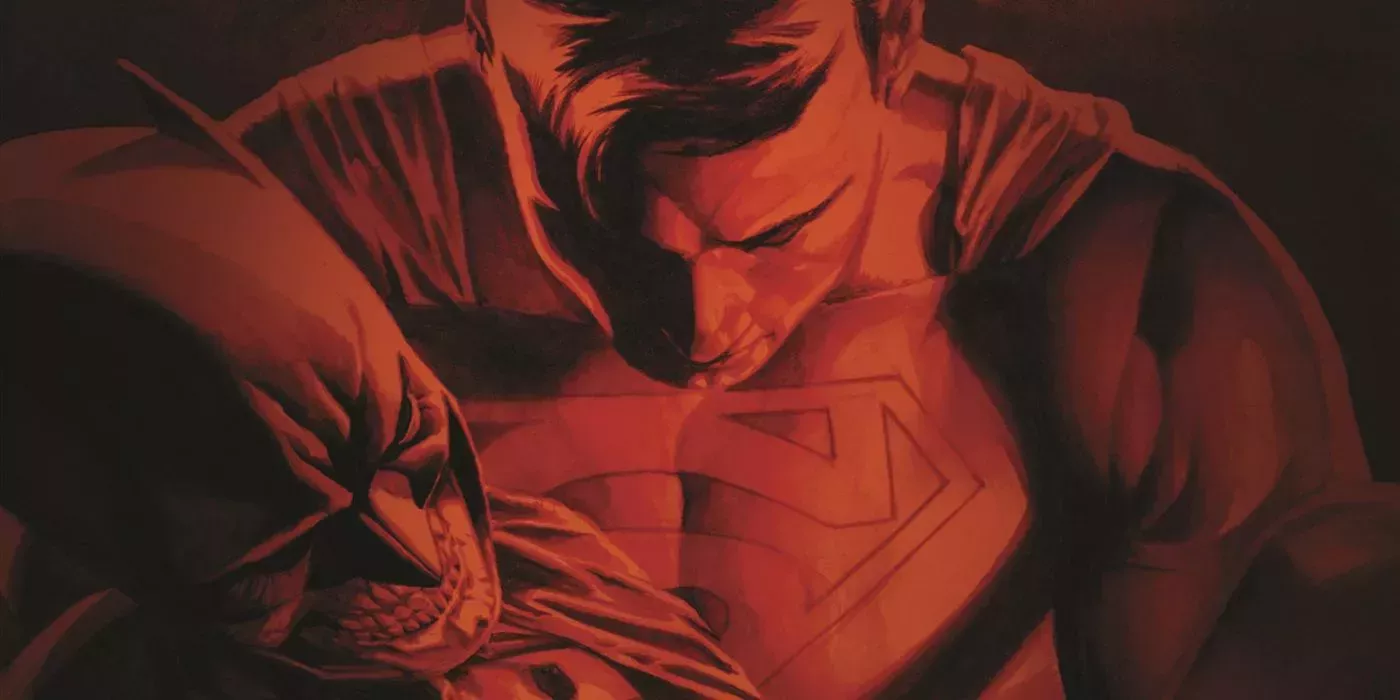
The events of DC Crisis are epic, but the hardest part for many readers was Final Crisis, by writer Grant Morrison and artists JG Jones, Carlos Pacheco and Doug Mahnke. The eight-issue series pitted Earth’s heroes against Darkseid and his minions, as Mandrakk the Vampire Monitor seized the moment to attack. It was also a masterpiece of metatext, dealing with the nature of fiction and publishers.
Many fans found the book confusing, especially if they hadn’t read Superman beyond 3-D, by Morrison and Mahnke. many fans love it final crisis, but the story is opaque in many ways. Many DC fans wish it was longer, if only to give them more time to explain things they didn’t understand.
4 Emerald Twilight Barely Had Three Issues 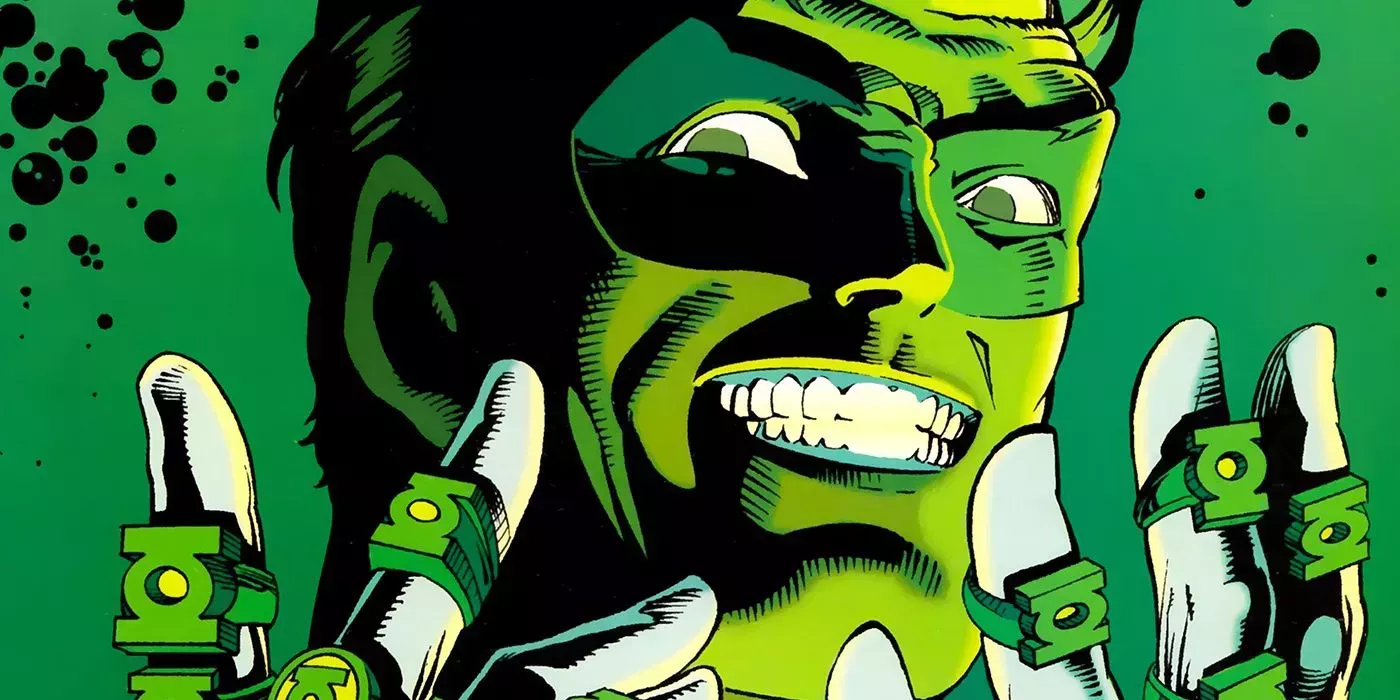
DC made many controversial decisions, like making Hal Jordan a villain in Green Lantern: Emerald Dusk, by writer Ron Marz and artist Daryl Banks. After Coast City was destroyed, Hal went mad and tried to convince the Guardians to help him rebuild the city. They told him it was impossible, so he attacked the Guardians to steal their power.
The story expanded Green Lantern (Vol.3) #48-50. Just three issues to kill everyone, duel Sinestro, introduce Kyle Rayner, and lead the climactic battle between Jordan and Rayner. That’s a lot of intrigue for just three issues, and the story could have lasted longer.
3 Zero Hour: A Crisis in Time packs too much into five issues 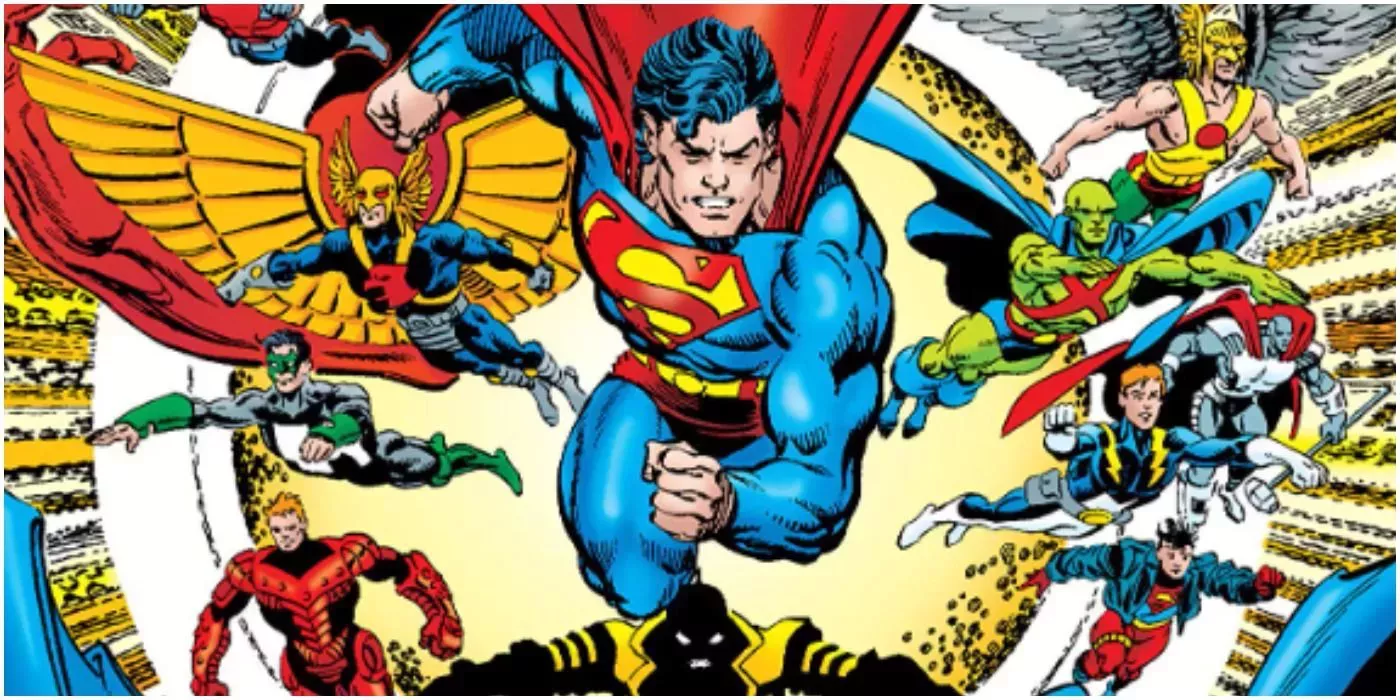
Zero Hour: A Crisis in Time, by Dan Jurgens and Jerry Ordway, aimed to clear up some of the details of Crisis on Infinite Earths. It featured the villainous Extant, a powerful and mysterious villain who controlled temporal energies. By altering time, he opened up the universe to all alternate timelines and destroyed the Justice Society. On top of that, there was a mysterious villain behind it all…
The book has only five issues, counting from fourth to zero. For a story that was to settle the final details of Crisis, is not that long. At the very least, it included a timeline at the end to clarify the changes, but it could have been longer.
2 Flashpoint relied on connections to build the world 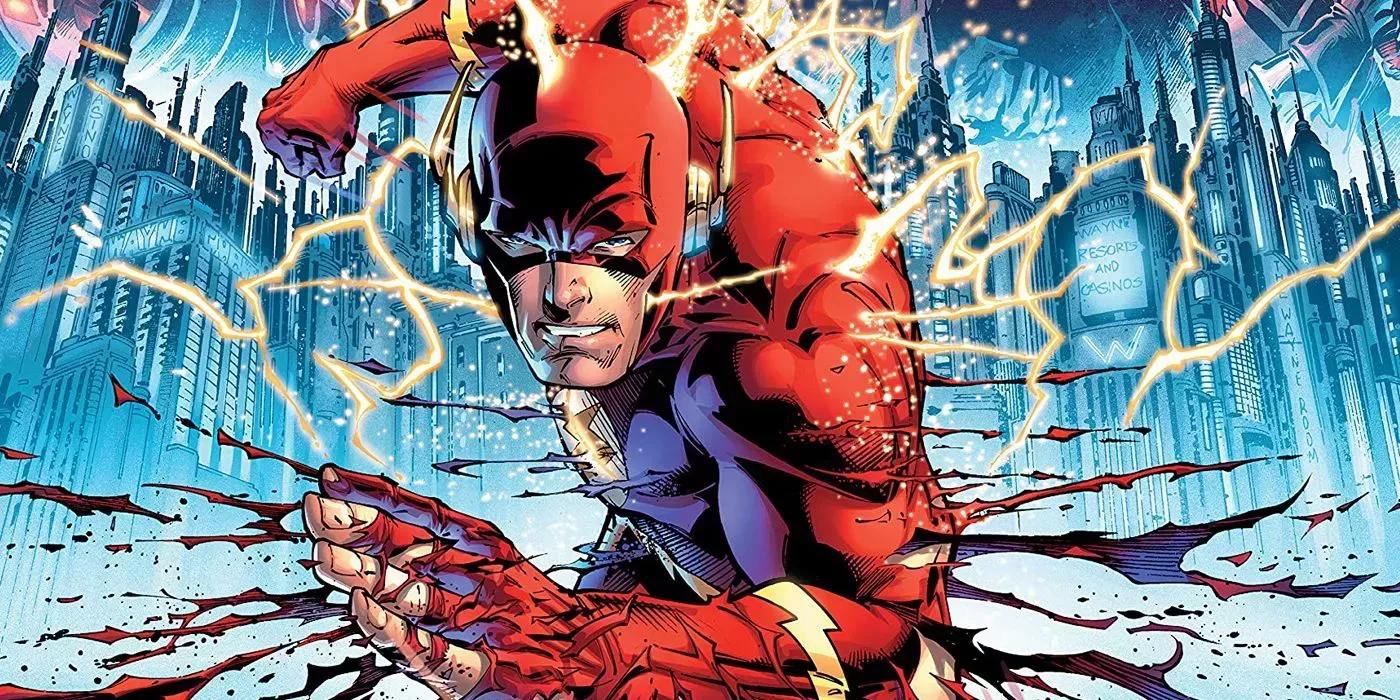
Flashpoint brought big changes to the DC Universe. Written by Geoff Johns and drawn by Andy Kubert, the series lasted only five issues. In these five issues, he had to establish a whole new timeline, the mystery of how it started, and the final battle between the Amazons and the Atlanteans.
There are a lot of things in this book that need to be put in place, and almost all of them happen when linking. Links are great for fleshing things out, but they shouldn’t be where the most interesting storylines happen. Breaking point he has a lot of issues, and his fast pace is one of the main ones.
1 Dark Crisis On Infinite Earths Seemed Too Short 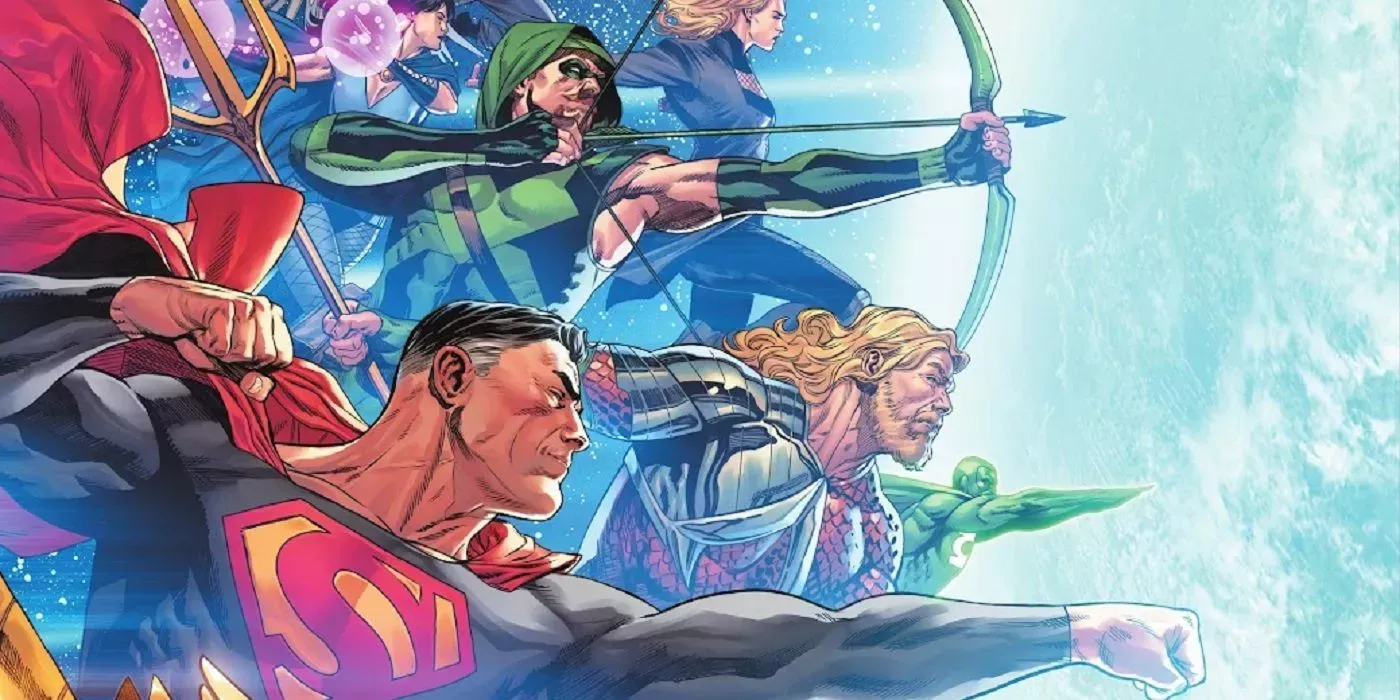
Dark Crisis disappointed many fans. Written by Josh Williamson and penciled by Daniel Sampere, Dark Crisis on infinite lands he faced the heroes of the world with Pariah and his dark army. Working with Pariah is Deathstroke, whose job is to spark a conflict that creates energy for Pariah to use to rebuild the ancient multiverse.
The book had only seven issues, and many readers felt that was not enough. The irony is that the plot of the book wasn’t that complex. Most readers just wanted it to last longer and have more intrigue.

